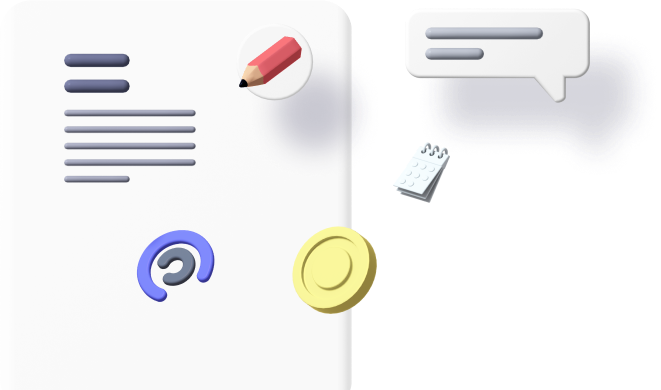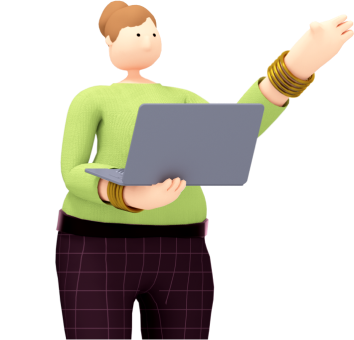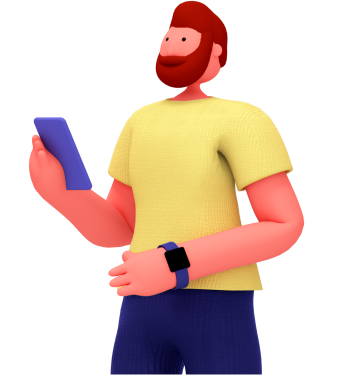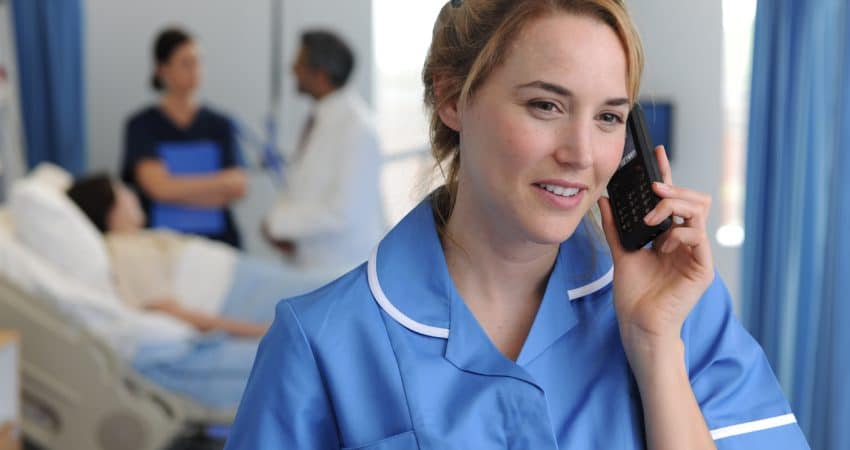
Introduction: The Evolution of Healthcare Technology
As healthcare technology continues to evolve, the integration of remote monitoring systems has become increasingly vital. Remote monitoring allows healthcare providers to track patients’ health data in real time, improving patient outcomes and enhancing the quality of care. One key innovation in this realm is the Wireless Nurse Call System for Hospitals, which facilitates communication between patients and providers while integrating seamlessly with remote monitoring technologies. This article discusses the role of healthcare providers in effectively integrating remote monitoring with ControlledCare’s solutions to optimize patient care.
Understanding Remote Monitoring in Healthcare
What is Remote Monitoring?
Remote monitoring refers to the use of technology to monitor patients’ health data outside of traditional clinical settings. This can include tracking vital signs, medication adherence, and other health metrics through wearable devices or mobile applications. The primary goals of remote monitoring are to improve patient engagement, enhance the quality of care, and reduce hospital readmissions.
The Importance of Remote Monitoring
- Enhanced Patient Engagement: By allowing patients to track their health metrics, remote monitoring empowers them to take an active role in managing their conditions.
- Real-Time Data Access: Healthcare providers can access patients’ health data in real time, enabling timely interventions and reducing complications.
- Improved Care Coordination: Remote monitoring facilitates better communication between healthcare providers, ensuring that all team members are informed about a patient’s status.
- Cost-Effectiveness: By preventing hospital admissions and readmissions, remote monitoring can significantly reduce healthcare costs.
The Role of Healthcare Providers in Integration
1. Understanding Remote Monitoring Technologies
Healthcare providers must familiarize themselves with the various remote monitoring technologies available, including:
- Wearable Devices: These include smartwatches and other health-tracking devices that monitor vital signs such as heart rate, blood pressure, and oxygen saturation.
- Mobile Health Applications: Apps that allow patients to input health data and communicate with providers.
- Wireless Nurse Call Systems: These systems enable patients to alert healthcare staff about their needs while integrating with remote monitoring solutions to provide immediate data access.
2. Training and Education
To effectively integrate remote monitoring, healthcare providers must ensure that both staff and patients are adequately trained:
- Staff Training: Healthcare providers should receive training on how to use remote monitoring technologies effectively, including how to interpret data and respond to alerts.
- Patient Education: Patients should be educated on how to use wearable devices and mobile apps, emphasizing the importance of regular monitoring and communication with healthcare providers.
3. Utilizing Wireless Nurse Call Systems
The Wireless Nurse Call System for Hospitals plays a crucial role in the integration of remote monitoring:
- Instant Communication: This system allows patients to communicate their needs directly to nursing staff, enhancing the response time to patient requests.
- Data Integration: By integrating with remote monitoring technologies, the nurse call system can provide real-time health data to healthcare providers, ensuring they have the necessary information to make informed decisions.
4. Implementing Care Protocols
Healthcare providers should establish clear protocols for using remote monitoring data in patient care:
- Response Protocols: Develop guidelines for how staff should respond to alerts generated by remote monitoring devices, ensuring timely interventions.
- Care Plans: Integrate remote monitoring data into individualized care plans, allowing for more personalized and effective treatment strategies.
5. Continuous Evaluation and Improvement
The integration of remote monitoring is an ongoing process that requires continuous evaluation:
- Data Analysis: Regularly analyze data collected from remote monitoring to identify trends, improve protocols, and enhance patient care.
- Feedback Loops: Implement feedback mechanisms for both staff and patients to identify challenges and successes in using remote monitoring technologies.
Case Studies: Successful Integration of Remote Monitoring
Case Study 1: Improving Chronic Disease Management
A healthcare facility implemented ControlledCare’s Wireless Nurse Call System alongside remote monitoring for patients with chronic diseases. This integration allowed for real-time tracking of vital signs and immediate communication of patient needs. As a result, the hospital reported a 40% reduction in emergency room visits among monitored patients, demonstrating the effectiveness of combining these technologies.
Case Study 2: Enhancing Post-Operative Care
After surgery, patients were monitored remotely using wearable devices that communicated with the Wireless Nurse Call System. This integration enabled healthcare providers to receive real-time alerts about patients’ conditions, allowing for prompt interventions when necessary. The facility saw improved patient satisfaction and reduced length of stay due to timely care.
Conclusion: The Future of Remote Monitoring in Healthcare
The integration of remote monitoring with ControlledCare technology, particularly the Wireless Nurse Call System for Hospitals, represents a significant advancement in patient care. Healthcare providers play a crucial role in this integration by understanding the technologies, providing training, and establishing effective protocols. As healthcare continues to evolve, embracing remote monitoring will be essential for improving patient outcomes and enhancing the overall quality of care.



